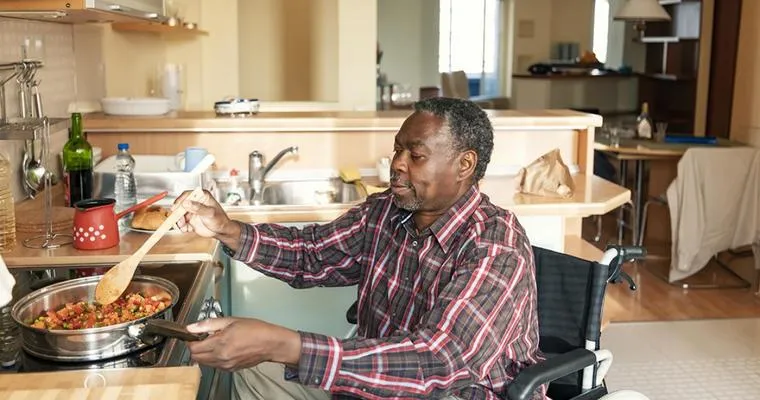As seniors reach their golden years, the decision of whether to "age in place" or seek alternative living arrangements becomes increasingly important. "Aging in place" refers to the ability of older adults to live independently in their own homes for as long as possible, with the necessary support and services tailored to their needs. While many believe that aging in place is the ideal solution, it is essential to consider various factors that may influence this decision and determine if it is truly the best option for every senior.
One of the primary advantages of aging in place is the comfort and familiarity of one's own home. For many seniors, their residence is not just a physical space; it holds memories, a sense of identity, and emotional significance. Remaining in a familiar environment can contribute positively to a senior's "mental health", reducing feelings of isolation and depression that can accompany relocation to an unfamiliar setting.
However, aging in place is not without its challenges. As health and mobility decline, the home that once felt safe and convenient can become a source of risk. For instance, navigating stairs, maintaining balance on slippery floors, or even managing daily activities can pose significant hazards. In such cases, the need for modifications such as grab bars, ramps, and emergency alert systems becomes evident. Depending on the extent of the modifications needed, the costs can quickly add up, leading some families to reevaluate the feasibility of aging in place.
Another critical factor to consider is the availability of support systems. While some seniors may have family members nearby who can assist them, others may not be as fortunate. The lack of a robust support network can complicate the aging in place option, leading to increased feelings of loneliness and dependence. In contrast, senior living communities often provide built-in social networks and access to various activities designed to promote engagement and well-being.
Moreover, healthcare access is a significant consideration. Aging in place may limit a senior's ability to obtain timely medical care. Regular visits from healthcare professionals can be arranged, but they may not always be as immediate as the care available in assisted living facilities or nursing homes. For seniors with chronic conditions or those requiring frequent medical attention, specialized environments may provide better care coordination and access to essential services.
It is also essential to acknowledge the financial implications of aging in place. While many perceive it as a more affordable option, the reality can be more complex. Home modifications, in-home care services, and other related expenses can accumulate over time. Conversely, senior living communities may offer a more predictable monthly cost that includes housing, meals, and care services, potentially alleviating some financial stress.
Ultimately, the decision to age in place or to explore other living arrangements should be based on individual circumstances. Factors such as health status, financial situation, support systems, and personal preferences all play crucial roles in this decision-making process. It is vital for seniors and their families to engage in open discussions about the available options and to consider what will best contribute to the senior's quality of life.
In conclusion, while "aging in place" can offer numerous benefits, it is essential to weigh these against the potential challenges and risks. For some seniors, the comfort of home is irreplaceable, while for others, the support and community found in specialized living arrangements may be the better choice. Ultimately, the goal should be to ensure that seniors can enjoy their later years with dignity, safety, and happiness, regardless of where they choose to live.





